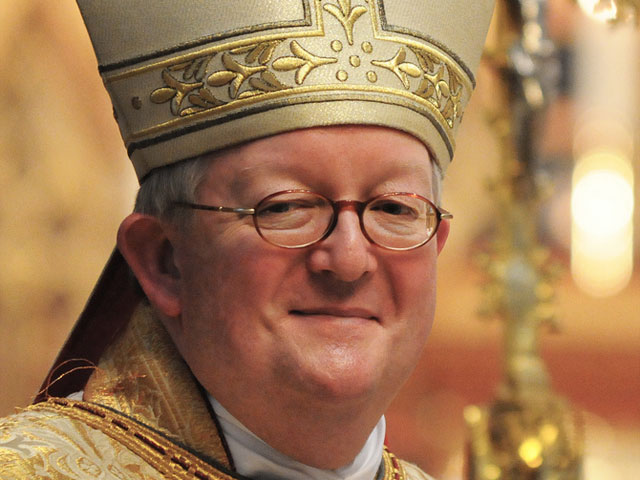Yesterday, Pew came out with a new “Global Religious Landscape” report. Much of the media coverage has been focused on the relatively high percentage of people who are religiously unaffiliated. We’ll probably need to look at how some media continue to confuse everything between atheism and multiple religious traditions into one grouping.
The Washington Post had a blog item that had a markedly different focus, headlined “Our Christian Earth: The astounding reach of the world’s largest religion, in charts and maps.” It was a bit of a disappointment, beginning:
Christmas is an official government holiday in the United States, one that coincides with a smaller and informal but well-known tradition: debating whether or not there is a “war on Christmas.” In this thinking, American Christians are obligated to ”stand up and fight against this secular progressivism that wants to diminish the Christmas holiday,” as prominent Fox News host Bill O’Reilly recently argued. “We have to start to fight back against these people.” This is often portrayed as a global fight; O’Reilly, in one of his books, suggested that the “war on Christmas” is part of an effort to “mold [the U.S.] in the image of Western Europe.”
This movement to defend one of Christianity’s most important holiday can sometimes seem to begin from the assumption that Christianity itself is on the defensive in the world, a besieged minority or at least under threat of being made one.
A very different picture emerges from a just-out Pew report, “The Global Religious Landscape.” There are a number of fascinating trends and details in the study, but it’s worth examining what it indicates about the place of Christianity in the world. And, based on this data, the world’s largest religion seems to be doing just fine.
Hunh? That second paragraph is just a mess. If you’re a reporter and you use the phrase “can sometimes seem to begin from the assumption,” your editor should probably explain to you why that’s not good journalism. Seem to whom? And about this assumption — was it made up by the reporter or is there something substantive that a journalist can point to?
The article “seems to” falsely concludes that because there are many Christians in the world, perceived attacks on Christians in the American public square are of no concern for Christians. Of course, there could be many Christians in the world, and many Christians in North America, and many Christians in the United States and there could still be attacks on Christians in the American public square.
And since the global report shows that there are growing numbers of “unaffiliated” — not just around the world but in the United States, too, the data trends there might be as important as the raw numbers, or more so. I’ve long stated my dislike for theological giant Bill O’Reilly (who once said my church didn’t follow Jesus because we oppose syncretism), but his arguments have nothing to do with the data supplied by the Pew report. Further, folks worried about the expression of Christianity in the public square include those at the Vatican, who perceive a threat from secular humanism and its effects on the church and culture. Their concerns aren’t specifically addressed by the Pew report but they’re definitely not renounced by it.
Anyway, another item is that the article was half-edited to correct an early error that asserted that Christmas is Christians’ most important holiday. It now says “one of Christianity’s most important holiday [sic].” And speaking of editing, there were some problems (on review these have been corrected since I first read the story) confusing North Africa and North America and whether 68 million Christians represent 5 percent or one-fifth of the Chinese population. The article ends:
Two of the 10 countries with the world’s largest Christian populations are not actually Christian-majority: Nigeria, which is about half Muslim, and China. Those 68 million Chinese Christians only make up about five percent of their country’s population, but it’s a remarkable toehold for the world’s largest religion in the world’s largest country. And the number of Chinese Christians appears to be growing rapidly, particularly as the government loosens long-held restrictions on free religious expression.
This data is likely to provide little comfort to the handful of Christian communities, particularly in countries such as Iraq, that are facing real persecution. But, overall, the story of Christianity in today’s world is still one of vast majorities, enormous populations, and historically unique reach. If there truly is a war on Christmas or any other facet of Christianity, then, in global terms, it doesn’t seem to be doing very well.
Again, this study is not the one to use to determine whether attacks on Christians or tenets of Christianity are doing well. This study does not even begin to broach those topics. Pew actually has looked at which religions are most persecuted in the world and found that Christians are persecuted in more countries than other religions are. As for basic tenets of Christianity, those are always in conflict throughout the world, including in the United States of America, where major battles dealing with religious liberty are being obscured by the media.











